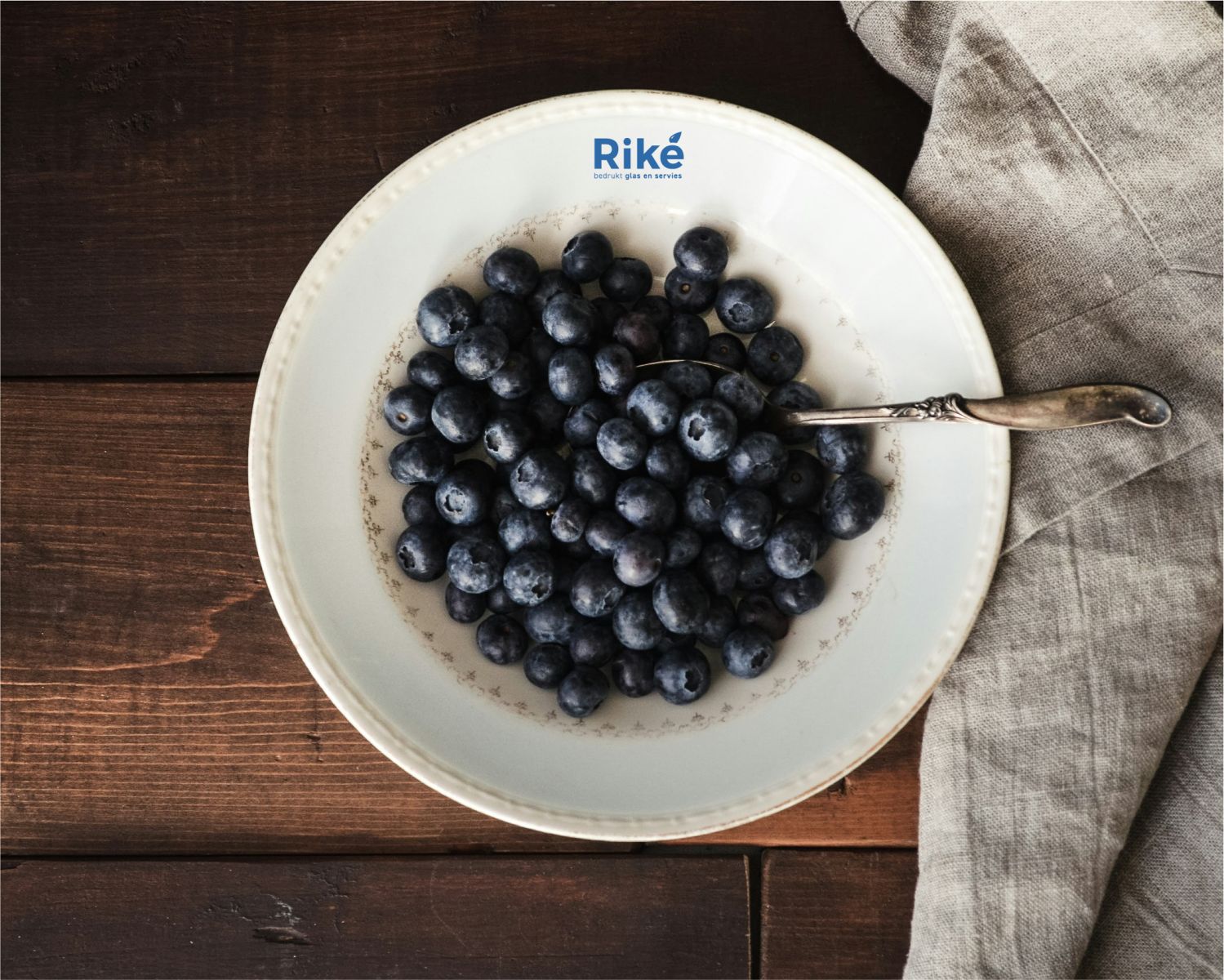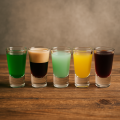Setting the table properly: which plates go with which dish?

A good meal depends on the right tableware. There are endless types of dinner plates. What size plate goes with which dish? Which plate goes with which course? From small to large, deep to flat; the choice is endless. In this blog, we will explain which plate goes with which dish and the function of each type of plate. So you can enjoy your food silently!
Why a plate makes a difference
The right plate has more influence on the dining experience than you might think. Firstly, the shape and size of the plate determines how a dish is presented. Too small a plate looks messy, while too large a plate can make a dish look lost. If you serve food on too large a plate, it looks like you are serving little food. We shouldn't have that.
In addition, depth plays a role; a deep plate is ideal for sauces and soups, while a flat plate works better for dishes with solid textures. Colour and material also make a difference. A white plate lets colours of ingredients shine, while dark plates give a luxurious look. Smooth ceramic plates create a classic look, while rough, earthy materials such as stoneware create an artisanal feel.
Finally, the plate affects the way you eat. A rim that is too high can make cutting difficult, while a wide rim adds elegance. By choosing deliberately, you will enhance both the look and functionality of your dish.
The basics: what types of dinner plates are there?
Choosing the right plate is not only a matter of aesthetics, but also of functionality. Different dishes require specific plates to optimise presentation, texture and eating experience. Below are the most common types of plates and their function:
- Dinner plate: This is the standard plate for main dishes. With a size of 22-30 cm, this plate is spacious enough to present meat, fish, vegetables and side dishes beautifully.
- Breakfast plate: A small plate (20-22 cm), perfect for sandwiches, croissants or a boiled egg.
- Dessert plate: This plate (17-22 cm) is used for desserts such as cake, ice cream or crème brûlée. The slightly raised edge helps keep sauces or decorations in place.
- Soup plate: A deep plate with a wide rim. A perfect plate for soups. This way you don't have to spill...
- Salad plate: Often smaller than a dinner plate and slightly recessed. Ideal for serving cold or hot salads.
- Bread and butter plate: A small plate (about 15 cm) placed at the top left of the dinner plate for bread and butter.
- Pasta plate: A deep plate with a wide rim, designed to present pasta dishes with sauce neatly and stylishly.
With the right plate, the dish looks prettier and the food becomes finer. When guests are well served, they enjoy more and come back more quickly.
Starters: the plate for a good start
The starter sets the tone for the rest of the meal. Therefore, it is important to choose the right plate so that the presentation and dining experience are optimal. Depending on the type of appetiser, different plates fit better:
- Small dinner plate (18-20 cm): Suitable for cold starters such as tartare or a fresh salad.
- Coupe plate or slightly recessed plate: Ideal for starters with a dressing or sauce, such as grilled vegetables or a warm salad.
- Soup plate or soup bowl: A deep plate with a wide rim or a bowl-shaped variety, perfect for broths, creamy soups or bisques.
With the right plate, the appetiser not only looks beautiful, but it is also easier to eat and tastes even better.
Main courses: the dinner plate in action
The main course is the most important part of a meal and therefore deserves the perfect plate to come into its own. The standard dinner plate is best suited for this purpose. This plate measures around 20-28 cm and offers enough space to present a dish beautifully.
Which type of plate fits best depends on the main dish:
- Classic dinner plate: Suitable for most main dishes, from meat and fish to vegetarian options. This plate is 'plain' flat and large.
- Pasta plate: Deep plate with a wide rim, ideal for dishes such as spaghetti, ravioli or risotto, so the sauce stays neatly on the plate.
- Fish plate: For serving a whole fish or a beautifully arranged fish dish. The oval shape follows the natural lines of the fish, making for a nicer aesthetic.
- Steak plate: Often slightly larger than a classic dinner plate. This allows guests to enjoy meat with enough space on the plate.
- Deep plate: For dishes such as curries or stews, where moisture plays an important role.
A good dinner plate not only helps with presentation but also makes eating more comfortable. The layout and balance of ingredients come out better on a suitable plate.
Side dishes and bread: small but important
Bread and side dishes may not be the most important part of the meal, but they deserve the right plate. With a proper plate, they come into their own better and complete the meal.
- Bread and butter plate: This small plate (about 15 cm) is placed at the top left next to the dinner plate. It is meant for bread, butter or small snacks served to complement the meal.
- Side dish plates: Slightly larger than a bread plate (about 18 cm) and perfect for serving things like chips, grilled vegetables or a small salad.
- Serving plates and bowls: For shared side dishes, such as tapas, larger serving plates are ideal. This gives the table a cosy and welcoming look.
Side dishes complete the meal. With the right plate, you make sure they look nice and don't disappear next to the main dish.
Desserts: feast on a small plate
Dessert is the moment to finish the meal in style. A well-chosen plate contributes to the presentation and taste experience of the dessert.
- Dessert plate: this plate (16-20 cm) is perfect for cakes, pastries and other dry desserts. The small rim prevents sauces or decorations from sliding off the plate.
- Coupe plate or deep dessert plate: For desserts with liquid elements, such as panna cotta or crème brûlée.
- Ice-cream and fruit bowls: Glass bowls are often used for sorbets, ice-cream or fruit desserts. This prevents melting on a hot plate and creates a fresh look.
- Large dessert plates: For elaborate desserts such as a tasting with several small bites, a larger plate is ideal. This keeps the presentation sleek and orderly.
By choosing the right dessert plate, you ensure that the sweet ending to the meal is as impressive as the rest of the dinner.
Personalised plates: your unique style
To make your guests' dining experience even better, you can personalise the plates with your logo. With printed signs, you set the tone, show who you are and your guests will remember your name. This is stimulating for the guest: in these moments, you contribute to a pleasant experience and they will come back! Read more in this blog about why printing your logo is a good way of stealth advertising.
What are you waiting for? Get a quote and a free digital proof. We will send these within one working day to make the process go smoothly. Our specialists are ready to help you if you have any questions. Feel free to ask your questions and contact us!
Index
Popular blogs











